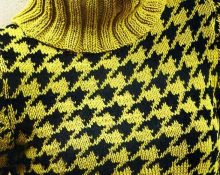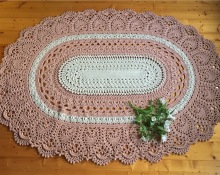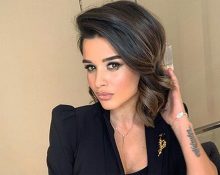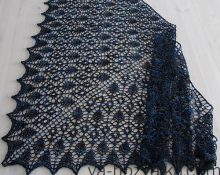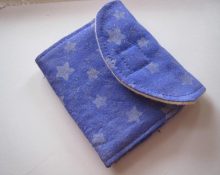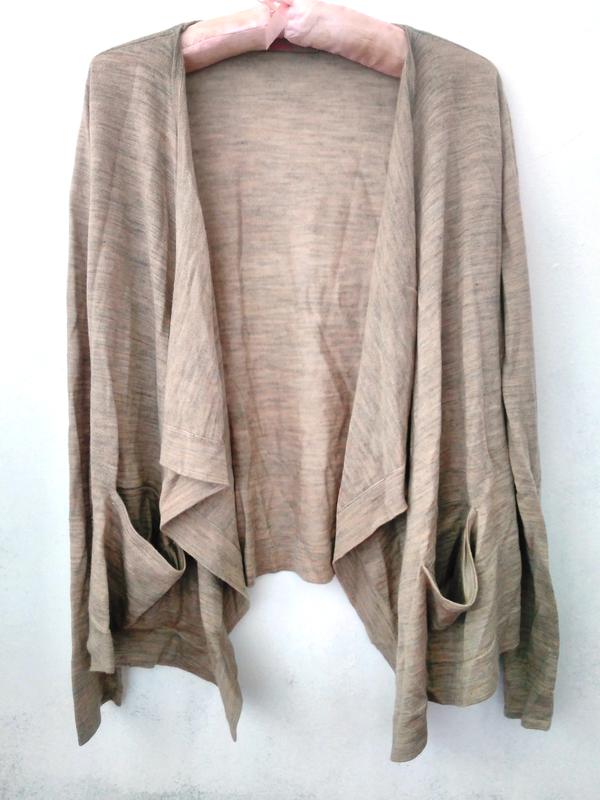
shafa.ua
The original cut has been used by fashion designers and fashion designers for many years. It is considered one of the oldest styles. In many ancient peoples, sweaters and “bat” dresses were part of the national costume. Then the model was undeservedly forgotten, but already in the last century it again reached the peak of fashion. Women appreciated the loose fit of the sleeves and the comfort of the products. Razletayki were worn under the belt, with beautiful decorations. The “bat” dress became especially popular in the nineties, when every girl had more than one dress of this style.
To this day, the loose-sleeved sweater remains fashionable. Knitted items of this cut look sophisticated and elegant, while at the same time they do not hinder a woman’s movements. But it is not always possible to find an option that suits you. Then the question arises - how to tie a flyaway? There is nothing complicated about this, because a flyaway sweater is much easier to make than many other models.It is enough to read the master class and purchase the necessary materials to please yourself with a new thing.
Knitted sweatshirts - diagram, description
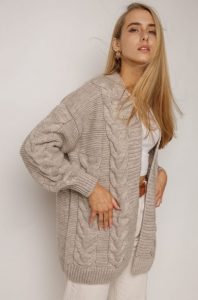
laluna.com.ua
To knit a fashionable ruffle, you will need yarn, two sets of circular knitting needles number 3.5 and 4.5. The length of circular knitting needles is 80 centimeters. When choosing double needles, it is better to give preference to number three.
For knitting elastic, the technique of alternating stitches is used - one knit, one purl. For the front stitch, purl stitches are used in the purl rows, and knit stitches are used in the front rows. The creation of an openwork pattern is carried out in accordance with the diagram. From the first to the twenty-fourth row, repeat nine times in height. The principle of making edge loops:
- For a knotted edge, the first stitch in the row is removed as a knit stitch.
- The working thread remains behind the knitting needle.
- In each row, the last stitch is knitted with the front element.
The jacket is a large rectangle with the corners turned inward. All parts of the product are made separately. To create the jacket itself, cast on 182 stitches using circular knitting needles. We knit using the stockinette stitch technique. After 65 centimeters from the initial row, we close all the loops.
We make the bar with circular knitting needles. We cast on 33 loops. When tying, we create an openwork pattern. After ninety centimeters, we leave the loops for a while and move on to creating the second half. We use a similar technique. After completing work on the second part, we take the left set of loops. We connect both parts. We use a loop-in-loop stitch. We get the middle of the back.
During the assembly process, we focus on the diagram. We turn the corners of the sweater inward accordingly, inside out to inside out.To connect the edges that are aligned, we use a mattress stitch. To insert the sleeves, leave holes in the outer edges.
We make the sleeve strips using stocking needles. We cast on 44 loops along the unconnected outer edge. We knit approximately six centimeters - this is about sixteen rows with a circular elastic band. Then we sew the loops.
We take the bar at the level of the middle of the back and sew it into the back neck area. Next we sew it to the front edge, but do not close the back edge at the bottom. It remains open. We get a flyaway shirt with an openwork placket and a shawl collar.


 0
0
